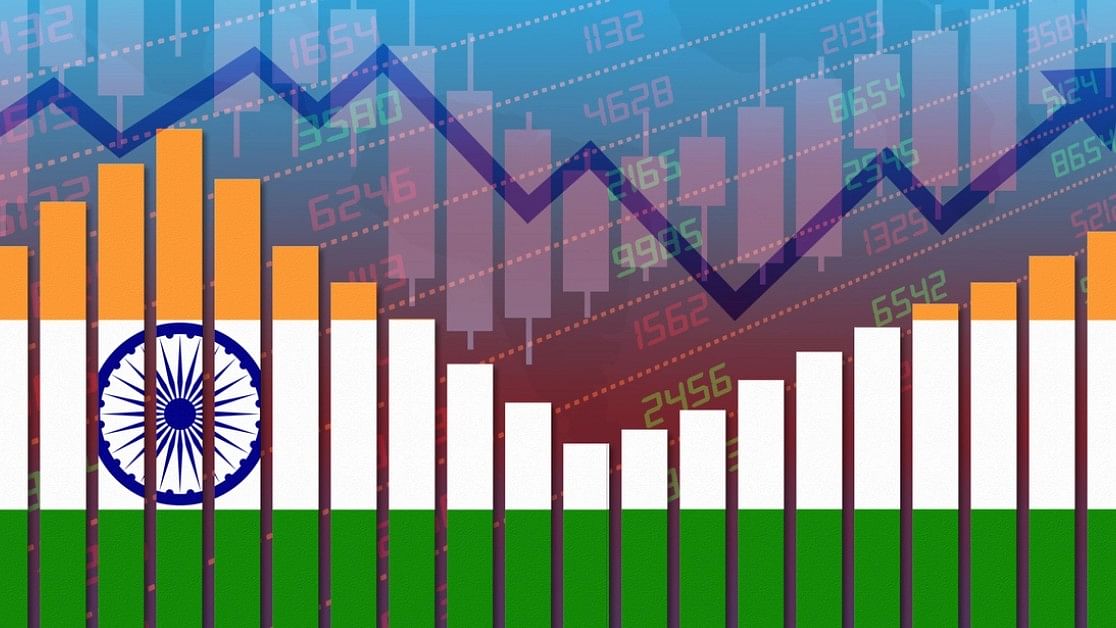
Representative image of a graph going upwards.
Credit: iStock Images
India retained its tag of the fastest-growing major economy in the April-June quarter of the current financial year (Q1 2023-24). According to data released by the National Statistical Office on Thursday, gross domestic product (GDP) grew by 7.8 per cent in Q1, the fastest expansion in four quarters, driven largely by robust growth in the services sector, strong consumption demands and favourable base.
GDP in real terms or constant prices rose to Rs 40.37 lakh crore in the first quarter of the current financial year as against Rs 37.44 lakh crore recorded in the corresponding period of last year. The growth in Q1 is the highest since the 13.1 per cent expansion recorded in the same period last year. In January-March 2023 quarter, GDP had expanded at a rate of 6.1 per cent. The next highest economic growth in the April-June quarter was registered by China at 6.3 per cent.
This was followed by Indonesia (5.2 per cent), Mexico (3.6 per cent), Japan and United States (2.1 per cent each), according to a presentation by India’s Chief Economic Advisor V Anantha Nageswaran.
However, the GDP growth numbers in Q1 were slightly lower than the Reserve Bank of India’s estimate of 8 per cent.
“We in the Finance Ministry are currently comfortable with our forecast for the full financial year of 6.5 per cent. When we had first projected this forecast in January, we had said that the downside risks weigh upon the upside. We now find that to be no longer the case,” Nageswaran said at a media briefing following the release of the GDP data.
Nageswaran said that growth prospects appeared bright due to private sector investment picking up and rural economy recovering. “Investment and consumer momentum will underpin solid growth prospects over the upcoming year,” he said.
ICRA Chief Economist Aditi Nayar, who had pegged the growth at 8.5 per cent, said the GDP numbers were lower than expected due to the poor show of manufacturing sector. “The sharp, broad-based contraction in merchandise exports is likely to have weighed on the performance of manufacturing,” she said.
Manufacturing sector growth slowed to 4.7 per cent in Q1 of the current financial year from 6.1 per cent recorded in the same period last year.
Underlining the lower than expected performance of the manufacturing sector, Madhavi Arora, lead economist, Emkay Global Financial Services, said, “Ideally, the fall in commodity prices should have boosted manufacturing firms’ operating profits and thereby lifted the value-added growth of the manufacturing sector. Thus, the disappointment on that front was surprising.”
D K Joshi, Chief Economist with CRISIL, said that the 7.8 per cent print is likely to be the peak growth performance for this fiscal.
“Growth in the July-September quarter will be moderated by softening consumption as spiking inflation will dent discretionary-spending power. For the rest of the year, headwinds from slowing global growth and the lagged impact of interest rate hikes will play out,” he said.